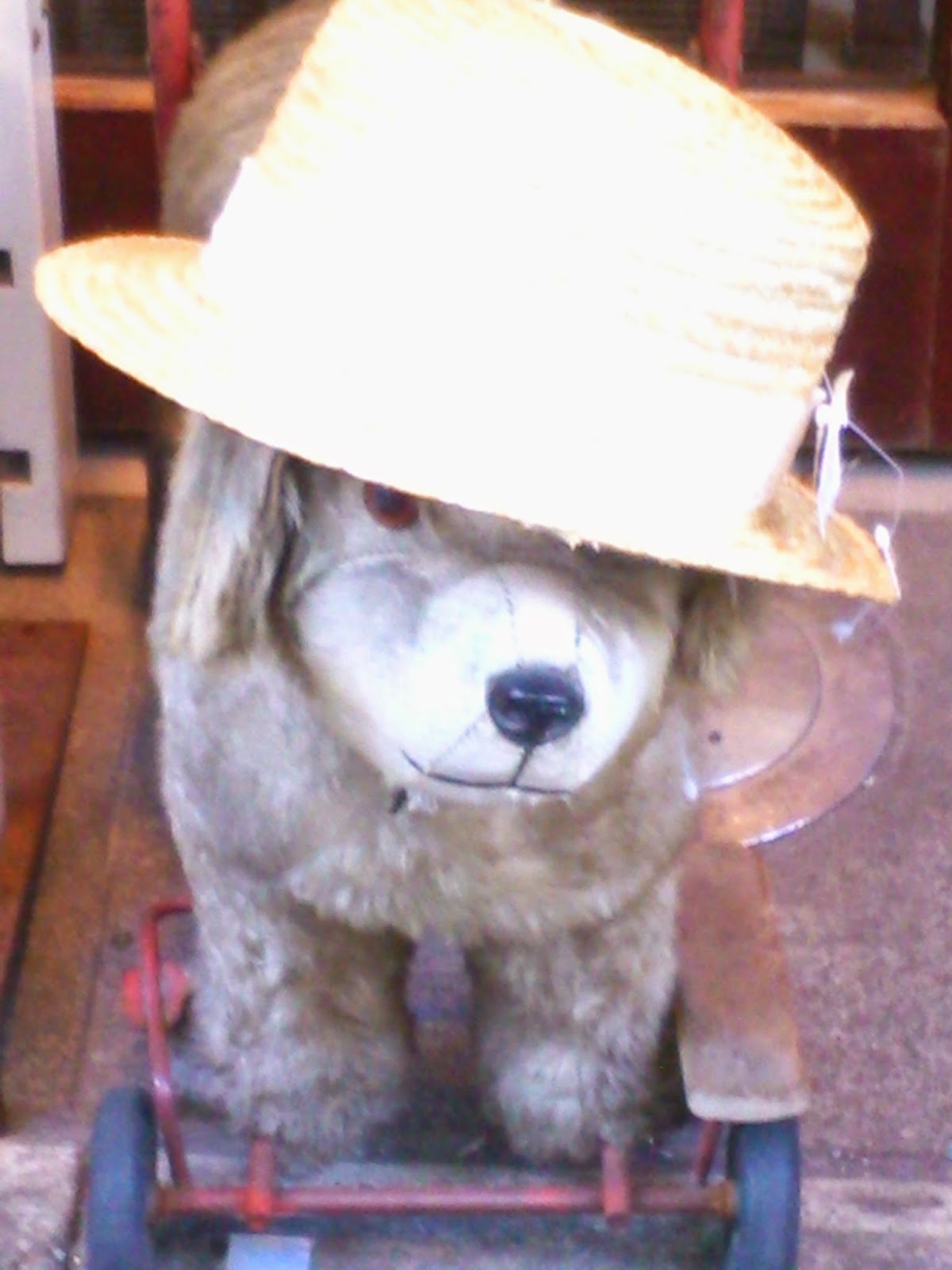The array of clothing styles found in Japan will never cease to surprise me. On the one hand, clothing worn can be culturally traditional or conservative, but then also imaginative, trendy or just plain weird. (That's cool, whatever floats your boat)! On the traditional side, every summer, you will often see young women dressed up in the yukata, which is a casual version of the kimono worn in the summertime, to attend various firework festivals held throughout the island. This eye catching garment is equipped with beautiful designs and is worn with geta, traditional Japanese wooden sandals that make a distinctive clunky "clock clock" noise when walking. Nowadays, women can also be seen wearing the yukata with rubber-soled flip flops. (Flip flops seem more comfortable anyway)!
Conservative dress is expected in office settings. This means a full suit and for ladies, skirts must be worn with pantyhose (sigh). Summer dress is allowed during the summer, meaning men can forgo the suit jacket and tie due to unforgiving summer heat. Bleak color schemes of black and grey suits are normally worn. The typical shirt is a crisp white button down. When taking the train every morning, I notice a pattern of dress among office workers, especially the men. This is definitely different from what I'm used to in the United States where I was accustomed to wearing business casual clothes. However, sometimes exceptions can be made. For instance, I once thought a middle-aged man was preparing to bike home from his workplace. But it turns out he was in his usual work attire. He openly told me that he likes wearing a size small women's leggings because they are comfortable. Equipped with his leggings were skater shoes with different colored neon shoe laces. Remember, there are always quirks in the system!
Now about casual clothes! When people are not toiling away for 12 hour workdays in their cubicles, what do they wear? For the most part, the sky's the limit! Cross dressing or suggestive clothing can be seen. I once spotted a young man nonchalantly standing in line to buy food. He certainly caught my eye with his mesh, long white tennis shirt that he wore as a dress, and a sports bra underneath. The length of the shirt barely covered his sergeant privates which were minimally concealed in a brightly colored thong. However, older men and women tend to dress more conservatively. But if you are older and happen to dress outrageously, that seems to be OK too.
Harajuku is probably the area with the most kooky clothing styles sold or worn in the Tokyo area. Goth, punk, burlesque, S&M, cosplay, or anything eccentric can be found here. Cosplay is to dress up in your favorite character, such as, anime. Totally nerdy, I know.
Hats are also trendy in Japan. Yes, all styles of hats are worn in the summertime. Knit winter hats, fedoras, fishing hats, baseball caps, and I'm sure many more styles of hats I haven't mentioned are worn too. I can understand wearing a fedora or baseball hat to keep out the sun, but don't quite understand the purpose of a knit winter hat in the blazing humidity. Must just be like a fashionable accent to one's attire; I don't know.
The tolerance people have for individualized clothing choices outside the workplace is refreshing. Perhaps it is a way to express your personality safely without being judged, reprimanded or "losing face" in an otherwise strict work environment. Perhaps individualized expressions of style is a form of release from societal expectations in a normally group oriented culture. I hope to continue observing people's way of dress. I'll never know what color of the rainbow I'll get.







